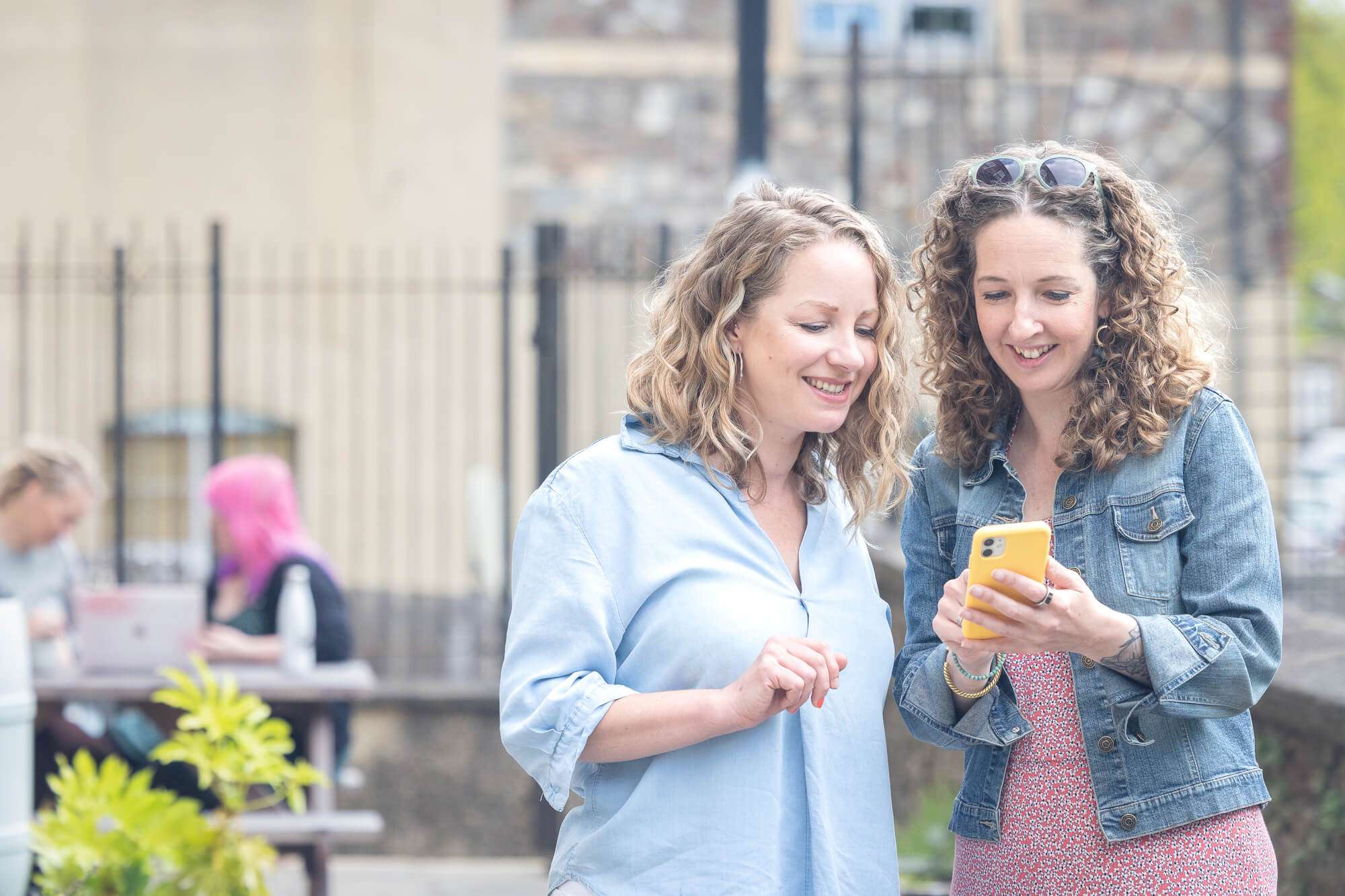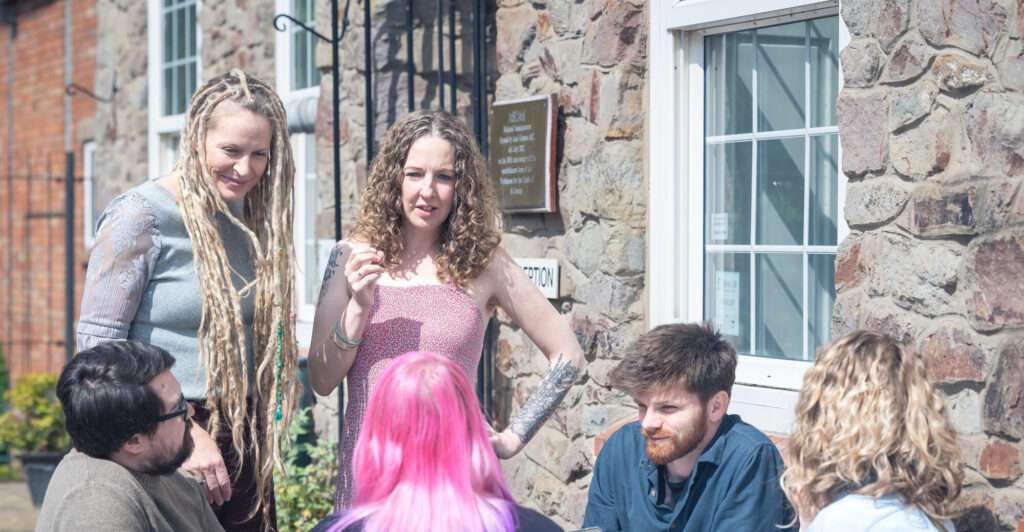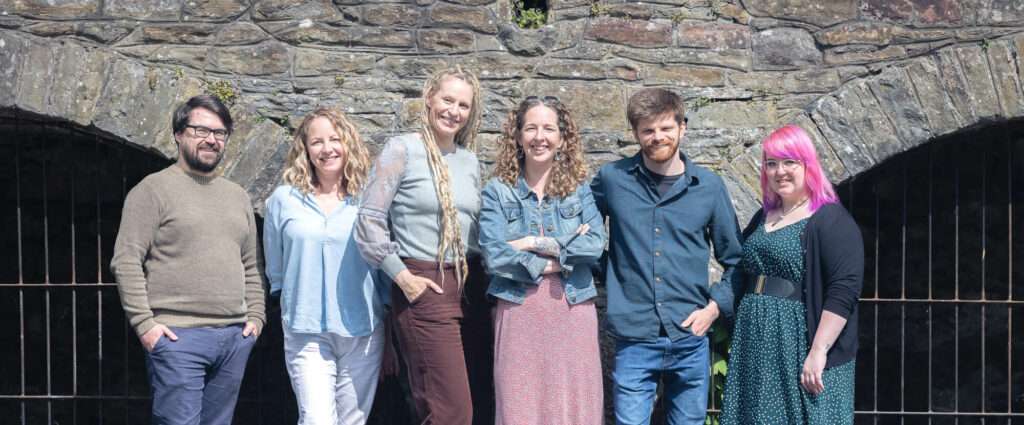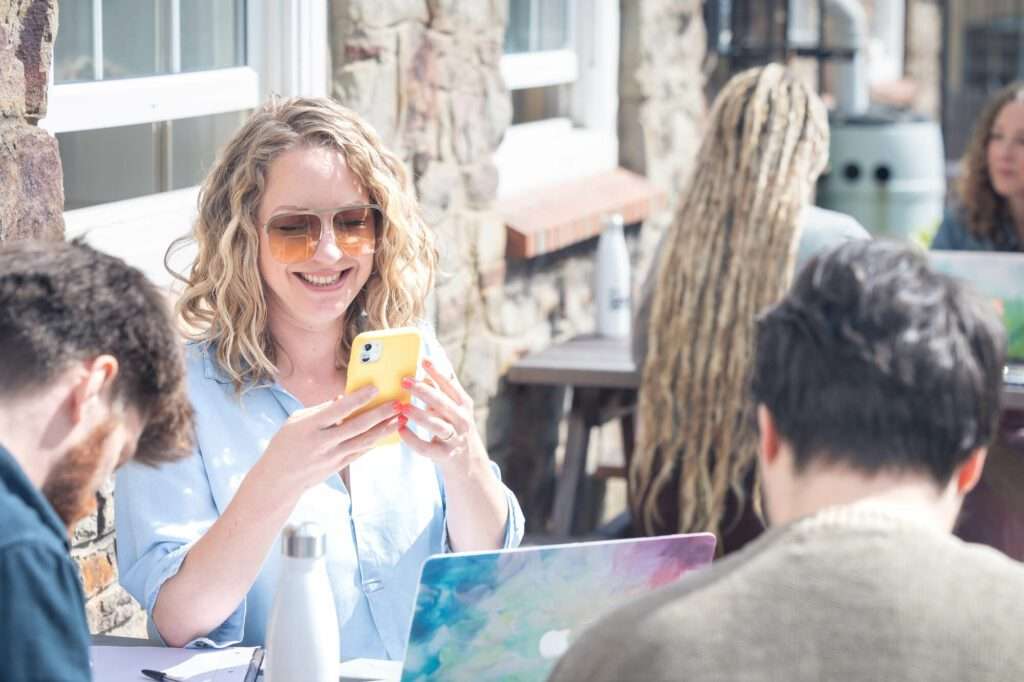

What is Brand? And how does it affect your customers, employees, investors and industry?
This article is the third in our Brand Roundtable series, based on a conversation between experts with rich experience of creating and curating brands from startup to scaleup, and from idea to acquisition. Here they interrogate what brand actually is and why we underestimate its influence.
Whether you’re curating a legacy brand or engineering a new one with a new team, it’s important to know what you’re working with. So how should we define brand? How does it influence people in your organisation and outside? And what about the different types – customer brand, employer brand, investor-facing brand?
We took these questions to our roundtable contributors, who shed the light of their expertise on the issue:
- Faye Lockier, global communication director at Ultraleap
- Abeed Janmohamed, M&A advisor and founder of Volando
- Nick Sturge MBE, portfolio NED and strategic adviser
- Caroline Macdonald, CEO and PR and marketing specialist at OggaDoon
- Tristan Gillen, growth marketing expert and founder of Growth Division
- Lauren (Stewart) Tack, founder and CEO of Invigorate and angel investor
Brand is culture, values and public perception
Brand could arguably be defined as the public part of your organisation, product or service, but as Tristan explains, that goes far beyond visual identity, market positioning and PR statements:
“Brand is a customer’s interpretation of everything that builds up your business,” he says. “It might include the logo, the website, that time they spoke with you, something they saw online, the product they tried – all of this combines into brand perception.”
Nick expands on this: “It’s not just about the branding per se. It’s also about behaviour – how the company behaves, and how people behave to bring the brand to life.”
Culture and values play a crucial role in the brand, since they are effectively the ecosystem that defines how the company behaves and speaks, internally and externally. As Abeed makes clear, this is increasingly important for every stakeholder.
“Culture and values are what customers buy into,” he says. “They’re what talent buys into, and they’re what investors buy into. I’ve seen them play a bigger and bigger part in every M&A transaction.”
However, there’s a difference between the culture and values you choose and the culture and values that are ascribed to you. The measure of brand could be what customers or employees say about you when you’re not in the room, and, as Caroline points out, that is often defined by how you deal with problems and trials when they arise.
“The manifestation of a brand is holistic over all touchpoints,” she says. “If your product runs into a problem, it’s how you deal with that issue, and your values either rescue the situation or cause it to fall even more.”

The different types of brand
Consumer brand (B2C)
Consumer brand is what your customers and potential customers perceive. Nick says that here brand often depends on performance, consistency and meeting customer expectations e.g. if I open this can of Heinz beans, will I get exactly what I expect and nothing less?
That said, culture and values are also becoming important for consumer products.
“These days people can research more easily than ever,” says Caroline. “UK customers can see what people in Finland feel about a particular product or see how a company has acted through its history. So the values and ethics of a business are coming way more into play.”
More and more consumer products encourage people to make a values- or personal identity-based choice rather than a safe issue, especially as sustainability and social issues become more deal-breaking. Think Patagonia, Vans or Snag Tights vs Ben Sherman or M&S.
When asked about B2C companies that are nailing their brand, a number of our roundtable contributors highlighted brands disrupting the market this way:
- Tristan spoke of Surreal, which makes healthy cereal a tastier and more appealing choice.
- Abeed pointed to Forage Drinks, which makes vodka with sustainably sourced ingredients growing in Britain.
- Caroline recommended Bird Buddy, a ‘Tech for Nature’ bird feeder that will help create the world’s largest bird conservation database.
“I don’t know what it is but we’re being talked about a lot more.” If I could measure that quality in metrics it would surpass anything and everything.
Caroline Macdonald, CEO and PR and marketing specialist at OggaDoon
Client brand (B2B)
In the B2B environment, brand plays a similar role but the emphasis is different.
“The B2B environment is really a people’s business,” says Lauren. “People sell to people and buy from people. It’s also interesting how much more personal B2B business has become in recent years – there’s more space for showing empathy, valuing the voice of the customer and sharing personal employee stories.”
Even with B2B products, such as SaaS, the team behind it matters more than with a typical consumer product. That’s often because, in the B2B world, the expertise behind the product feeds greatly into a customer’s perception of it.
Tristan recommends Weavr as an example of a B2B company with a strong brand with laser targeted positioning. They take every opportunity to promote their team’s embedded finance expertise through interviews, events and articles, and the company is emerging as an authority in their market.
RH&Co has been working with the team over the last couple of years to create this expert-led content, and it’s been fascinating to have a frontrow seat to Weavr’s success.
Employee brand
Faye defines brand as “a company’s story, the journey they’ve gone through and where they’re trying to get to.”
When it comes to employee brand, it’s about creating a story – grounded in your culture and values – that talent will want to be a part of. That’s not just a concern for larger businesses with aggressive hiring strategies, it’s an issue for any company that wants to attract values-led talent.
Among his roles, Abeed lectures at universities and says, “A lot of the graduates I see would sacrifice £10,000 or £15,000 in salary if it means they can go and work for a business that aligns with their sense of purpose.”

Investor brand
Investors know that brand will have very real effects on consumers, clients and employees. And they know that will translate into the company’s cost per hire (CPH), their cost of acquisition (CAC) and customer lifetime value (LTV). So they’ll be on the lookout for companies with a compelling story and the culture and values to back it up. And when it comes to acquisition targets, they’ll be looking for alignment here.
They’ll also be looking for governance. A company’s brand might be scrappy and irreverent in classic startup style, but Lauren and Abeed say they also need to grow up so that they can have bigger conversations in traditional boardrooms and with traditional businesses.
For more thoughts on investor-facing brand, make sure you read our last roundtable discussion on the subject – how brand influences investors.
Peer-to-peer brand (P2P)
Brands can have an influence that goes far beyond products and services. If you curate a brand well, with the right values and culture at the core, it won’t just attract customers, investors and employees… it’ll draw other attention as well.
When Covid hit, Ultrahaptics turned their attention to their verticals – to create more focused messaging around XR, touchless experiences, and automotives. You could say they were focusing on their consumer and client brand.
“Later we realised we needed to come back to our corporate story,” says Faye. “Because we’re not just our three verticals – we’re so much more. That’s why we’re headed back to CES. It’s not an event that addresses our verticals but it’s our chance to show who we are and where we’re going.”
When people see a brand improving their community or industry in a way they want to emulate, that’s powerful influence. If you can build this kind of reputation, it’ll have a domino effect on your how people perceive your company – investors, customers and talent. And it might ensure you leave your industry in a better state than when you entered it.
Brand is often intangible but its effects are concrete
Considering how broad the subject of brand is, you might wonder whether it’s worth dissecting at all. If you can’t point to brand and say ‘there it is’, how do you begin to address it? That said, the reward of effective brand building is very easy to see.
“Brand enhances the value of the business as a whole,” says Lauren. “It affects your ability to attract talent, customers, investors, leadership and so on. Brand is an intangible asset, but it’s so vital.”
A few years ago Caroline and Nick were collaborating to promote the work of the Engine Shed in Bristol, and about four or five months after they began working together, Nick turned to Caroline and said something that stuck with her: “I don’t know what it is but we’re being talked about a lot more.”
Caroline replied, “If I could measure that quality in metrics it would surpass anything and everything.”
That’s the reward of building a strong brand. Brand has culture and values at its core, is built through company and employee behaviours, is made recognisable by its visual and articulated identity – and then word of mouth amplifies it beyond what a marketing or sales campaign could ever achieve alone.
And as you move towards that goal, you might find yourself saying, as Nick did, “I don’t know what it is, but we are being talked about a lot more.”
For more insight into brand, see our roundtable discussion on how much should brand evolve and how brand influences investors. Or stay tuned for more conversations from our brand roundtable.
Back to hompeage








